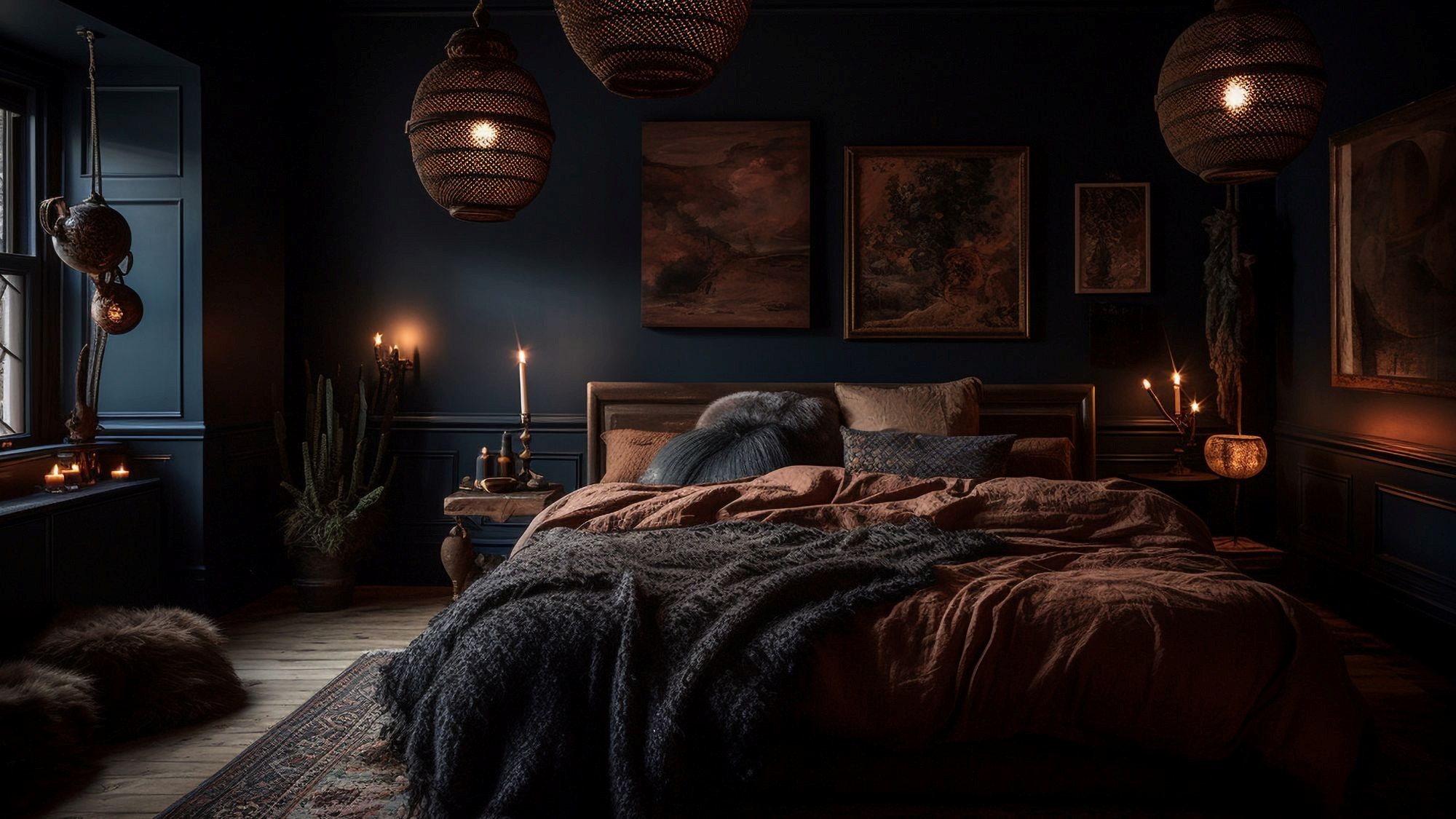A living room without the right details often feels unfinished. Furniture sets the basics, but it’s the softer touches that matter. Rugs step in quietly. They don’t just cover the floor. They shape energy, bring comfort, and change how a room feels. When you start looking at different living room rug ideas, it’s surprising how one choice shifts everything. Designers often call rugs anchors because they ground the entire layout. The same thing happens with dining room rugs. They not only soften sounds but also organize space in a way that feels natural. Together, they transform how people experience home warm, balanced, and complete.
1. Defining Zones in Open Spaces
Open-plan homes look airy but sometimes feel a little scattered. Rugs are the easiest fix. They divide space without walls. A large patterned rug under the couch pulls the seating zone together. Another rug under the dining table creates separation. Architectural Digest even notes zoning with rugs is now a must in modern interiors. It’s a design trick that works every time.
2. Adding Warmth and Comfort
Floors like hardwood or tile look stylish but often feel cold. Rugs instantly bring warmth and softness. They cushion every step. Research on home comfort shows tactile surfaces improve emotional well-being. A rug adds coziness, especially during colder months. Families with kids also find rugs safer and friendlier. A plush one doubles as a cozy play zone. It’s a comfort you can actually feel.
3. Enhancing Acoustics
Big rooms with high ceilings usually echo. Conversations bounce. Rugs fix that by absorbing sound where it matters most. The American Society of Interior Designers highlights this as a growing trend. Curtains help. Upholstered chairs help. But rugs? They often do the heavy lifting because of their large surface coverage. Thicker rugs work even better for noise control, especially when exploring different living room rug ideas to match both style and function.
4. Expressing Personality Through Design
A rug isn’t just fabric. It’s art. It’s personality. It’s one of the boldest ways to express taste. Persian, Moroccan, Scandinavian, minimalist each carries meaning. The Metropolitan Museum of Art notes that rugs have told stories for centuries. Modern homeowners use them the same way. A pop of color. A daring pattern. Or something soft and subtle. Either way, rugs speak without words.
5. Elevating Visual Balance
Good design is balanced. Without a rug, furniture sometimes looks scattered. A rug pulls everything together into one complete picture. Size matters too. Experts suggest extending rugs beneath chairs and sofas. It feels intentional instead of random. Oversized rugs, when chosen correctly, create that luxurious, balanced effect. They unify the entire layout in one simple move.
6. Supporting Sustainability and Health
Rugs also tie into lifestyle choices. Natural fibers like wool, jute, and cotton are healthier and better for the planet. The U.S. Green Building Council points out that sustainable textiles improve indoor air quality. Wool rugs naturally resist dirt, last decades, and are eco-friendly. Many households now lean toward these options. They choose rugs that not only look beautiful but also support responsible living.
7. Creating Seasonal Versatility
One of the best parts about rugs? Flexibility. You can switch them with seasons and refresh the room instantly. Flat-weave styles feel airy in summer. Shaggy rugs warm things up in winter. Designers often recommend rotating dining room rugs for longevity, since they get more foot traffic than most spaces. It’s a simple way to keep things fresh without spending on full makeovers. Small changes, big differences.
8. Enhancing Real Estate Value
Rugs may not be permanent, but they influence how buyers view a space. Staging experts use them all the time. The National Association of Realtors has shown that staged homes sell quicker and often for higher prices. Rugs create that cozy, lived-in look that appeals emotionally. They make homes feel complete, and that boosts perceived value.
Frequently Asked Questions
Do rugs make a small living room look smaller?
Not really. Choosing the right size actually makes rooms look larger. Bigger rugs under furniture expand the space visually.
Are natural fiber rugs better than synthetic ones?
Depends on your needs. Wool and jute are sustainable and durable. Synthetic ones resist stains and handle heavy traffic.
Can I use the same rug style in living and dining spaces?
You can. But designers often suggest mixing it up. A patterned rug in one room and a simple one in another keeps things interesting.
Do dining room rugs need special care?
Yes. Since spills happen often, stain-resistant or flat-weave rugs are ideal. Regular vacuuming helps keep them fresh.
Final Thoughts
Rugs are much more than floor coverings. They shift energy, comfort, and even value inside a home. Exploring different living room rug ideas proves just how much impact they carry. From organizing zones to supporting eco-friendly choices, rugs are powerful tools. Even dining room rugs show how small details can shape atmosphere and style. A well-chosen rug is not decoration, it’s design magic. It grounds, warms, and defines a home.
